This pad thai has saved me so many nights when I'm craving Thai food but don't want to wait for delivery or spend twenty bucks on something I can make at home. Emma was suspicious at first - "Mom, can you really make restaurant food?" - but now he bugs me for this at least twice a week. The trick is getting everything chopped and ready before you even turn on the stove, because once that wok gets hot, everything happens super fast.
Why You'll Love This Pad Thai Recipe
I've made this dish so many times that I could probably do it blindfolded. It tastes way better than most takeout places - you can actually taste the individual flavors instead of everything being covered in sugar or grease. Emma went from being the kid who only ate plain noodles to asking if we can throw in extra vegetables, which honestly surprised me more than it should have.
The best part is how quick it comes together once you figure it out. We're talking fifteen minutes from start to finish, which is faster than driving to get takeout. Plus, you can change it up however you want - more shrimp, less heat, extra peanuts, whatever your family likes. I've made this for picky eaters, people who love spicy food, and even my vegetarian sister-in-law, and everyone cleans their plate.
Jump to:
- Why You'll Love This Pad Thai Recipe
- What You Need for Perfect Pad Thai
- How To Make Pad Thai Step By Step
- Pad Thai Recipe Variations
- Easy Swaps for Pad Thai
- How to Store Your Pad Thai
- Equipment For Pad Thai Recipe
- The Dish My Grandmother Taught Me to Love
- Top Tip
- Why This Pad Thai Recipe Works
- FAQ
- Time to Fire Up That Wok!
- Related
- Pairing
- Pad Thai
What You Need for Perfect Pad Thai
The Noodles:
- Rice noodles
- Don't get the skinny ones or it won't taste right
Protein Picks:
- Shrimp
- Chicken strips
- Tofu cubes
- Eggs
The Sauce:
- Fish sauce
- Tamarind paste or lime juice
- Brown sugar
- Soy sauce
- Sriracha or chili flakes
Fresh Stuff:
- Bean sprouts
- Green onions
- Garlic
- Peanuts for sprinkling
- Lime wedges
Extra Good Things:
- More chili if you like spicy food
- Thai basil
- Cilantro
See recipe card for quantities.
How To Make Pad Thai Step By Step
Get Everything Ready First:
- Soak your noodles in warm water until they bend but still have some bite
- Mix all your sauce stuff in a small bowl
- Chop everything and put it in separate bowls
- Crack your eggs and have them ready
The Cooking Part:
- Heat your wok or big pan until it's smoking hot
- Add some oil, then toss in the garlic for like 10 seconds
- Add your protein (not the eggs yet) and cook until done
- Push everything to one side of the pan
The Noodle Part:
- Add the drained noodles to the empty side
- Pour the sauce over the noodles
- Toss everything together for about 2 minutes
- Make a space and scramble the eggs right in the pan
Finish It Up:
- Serve with peanuts, lime wedges, and cilantro
- Add bean sprouts and green onions
- Toss everything one more time
- Taste and add more lime, sugar, or spice if needed
Pad Thai Recipe Variations
Veggie Loaded:
- Throw in broccoli, snap peas, or bell peppers
- Add some shredded carrots
- Emma loves the extra crunch
- Cook the hard veggies first
Extra Protein:
- Use shrimp AND chicken together
- Toss in some cashews or peanuts with the noodles
- Hard-boiled eggs on top
- Makes it way more filling
Spicy Version:
- Double the sriracha
- Add fresh sliced chilies
- Sprinkle red pepper flakes on top
- Definitely not for Emma - he thinks ketchup is too spicy
Sweet and Tangy:
- Extra brown sugar and lime juice
- Toss in some pineapple chunks
- Squeeze of orange juice in the sauce
- Kids usually go crazy for this version
Easy Swaps for Pad Thai
Noodle Switches:
- Rice noodles → Linguine or fettuccine (cook them first)
- Wide noodles → Thin rice noodles (just use more)
- Fresh → Dried (soak longer)
Protein Changes:
- Shrimp → Chicken, pork, or beef strips
- Meat → Extra firm tofu or tempeh
- Regular tofu → Just use more eggs
- Nothing → Double the eggs
Sauce Swaps:
- Fish sauce → Extra soy sauce (not the same but works)
- Tamarind → More lime juice and a bit of brown sugar
- Brown sugar → White sugar or honey
- Sriracha → Whatever hot sauce you have
Veggie Options:
- Thai basil → Regular basil or leave it out
- Bean sprouts → Shredded cabbage or carrots
- Green onions → Regular onions (cook them longer)
How to Store Your Pad Thai
Fridge Storage (2-3 days):
- Let it cool down completely first
- Stick it in a container with a tight lid
- Don't leave it sitting out too long or it gets gross
- Reheat in the microwave or toss it back in the pan
Reheating Tips:
- Splash some water in when reheating
- Stir it around so it heats up evenly
- Microwave works but the pan tastes better
- Check the flavor and add more lime or sauce if it needs it
What Doesn't Work:
- Don't freeze it - the noodles turn to mush
- Don't leave it out overnight (I learned this one the hard way)
- Don't reheat it more than once
Make-Ahead Trick:
- Way better than trying to save cooked pad thai
- Chop all your stuff the night before
- Keep everything in separate containers
- Cook it fresh when you want to eat
Equipment For Pad Thai Recipe
- Big wok or large skillet
- Wooden spoon or spatula for stirring
- Colander for draining noodles
- Small bowls for prepping everything
- Sharp knife for chopping
The Dish My Grandmother Taught Me to Love
My grandmother never made pad thai - she was pure Italian through and through - but she taught me something that completely changed how I cook this dish. She always said "Taste as you go, and trust your tongue more than any recipe." When I first started making pad thai, I followed recipes exactly and wondered why it never tasted quite right. Then one night, Emma was helping me and accidentally dumped way too much lime juice in the sauce. Instead of starting over, I remembered what she used to say and started tasting and fixing it.
That's when I figured out that pad thai isn't about perfect measurements - it's about getting those sweet, salty, sour, and spicy flavors to work together just right. Now Emma and I always do our "taste test dance" where we try the sauce and make funny faces at each other until we get it perfect. He's gotten pretty good at knowing when it needs more lime or when I've put in too much sugar.
Top Tip
- Don't worry if your first attempt isn't perfect believe me, mine certainly wasn’t! My grandmother always used to say, 'Trust your tongue and keep trying.' Cooking is about experimenting and adjusting as you go, and the beauty is in learning from each experience. Every batch you make teaches you something new, whether it's tweaking the seasoning or improving your technique. It’s all part of the process.
- The more you cook, the more you’ll understand the small adjustments that can make all the difference. Cooking isn’t a race it’s a journey. As long as you stay curious, embrace the challenges, and continue trying, you’ll see yourself improving over time. With each try, you’ll refine your skills and discover the secret ingredients to your own perfect dish.
Why This Pad Thai Recipe Works
I've screwed up enough pad thai to know exactly what makes this version different. The trick isn't some fancy ingredient - it's getting the noodles right and not rushing the sauce. Most people either cook their noodles too long so they turn to mush, or they don't soak them enough so they stay hard and gross. The sweet spot is when they bend easily but still have a tiny bit of firmness left. That texture is everything in pad thai.
The other thing that took me forever to figure out is that you can't just dump all the sauce in at once and hope it works out. You add it bit by bit, tasting as you go, because every batch of noodles soaks up sauce differently. Emma has watched me mess this up enough times that now he tells me to "taste first, Mom!" The best pad thai happens when you stop following the recipe word for word and start trusting what your mouth tells you.
FAQ
What does Pad Thai consist of?
Regular pad thai has rice noodles, eggs, tofu or shrimp, bean sprouts, and a sweet-sour sauce made with tamarind, fish sauce, and palm sugar. You top it with crushed peanuts, lime wedges, and fresh herbs. Emma always asks why there are so many things for something that tastes so simple!
Why is Pad Thai so healthy?
Pad thai can be pretty good for you because it's loaded with vegetables, lean protein, and rice noodles instead of heavy cream sauces. The bean sprouts add crunch and vitamins, while the peanuts give you good fats. Just watch how much sugar goes in the sauce if you're trying to eat lighter.
What does Pad Thai taste like?
Good pad thai hits all the flavor spots - sweet from the sugar, salty from fish sauce, sour from lime, and a little spicy kick. It shouldn't taste like candy (some restaurants dump in way too much sugar) or be too fishy. When I get it right, Emma says it tastes "like happy noodles."
Is Pad Thai supposed to be spicy?
Not really - regular pad thai is more sweet and sour than spicy. The heat usually comes from crushed chili flakes you add yourself. I make ours pretty mild because Emma thinks black pepper is too hot, but you can definitely spice it up however you want.
Time to Fire Up That Wok!
Now you've got everything you need to make pad thai that'll make your family forget about takeout. It's one of those dishes that gets better every time you make it because you start to understand how all those flavors work together. Emma went from being scared of "weird noodles" to asking if we can make pad thai for his birthday dinner, which is pretty much the biggest compliment a 7-year-old can give.
Want to try more homemade versions of your favorite dishes? Check out our Easy Baked Brie Recipe that's perfect when you want to look fancy without much work. Our Easy and Classic Crab Soup Recipe will warm you up on cold nights, and the Healthy Fried Dumplings Recipe gives you that crispy goodness without all the grease!
Share your pad thai pictures! We get so excited seeing how yours turned out!
Rate this recipe and join our cooking family!
Related
Looking for other recipes like this? Try these:
Pairing
These are my favorite dishes to serve with Pad Thai Recipe
Pad Thai
Equipment
- 1 Wok or Large Skillet (For stir-frying everything)
- 1 Wooden spoon (For stirring)
- 1 Colander (To drain noodles)
- 1 Small bowls (For prepping ingredients)
- 1 Sharp knife (For chopping vegetables and proteins)
Ingredients
- 8 oz Rice Noodles - Soaked until bendable but slightly firm
- 1 tablespoon Oil - For stir-frying vegetable or sesame oil
- 2 cloves Garlic - Minced
- 1 cup Protein shrimp, chicken, tofu - Cooked first, then set aside
- 2 Eggs - Scrambled in the wok
- 3 tablespoon Fish Sauce - For authentic flavor
- 1 tablespoon Tamarind Paste - Or lime juice for sourness
- 2 tablespoon Brown Sugar - For sweetness
- 1 tablespoon Soy Sauce - For depth of flavor
- 1 teaspoon Sriracha or Chili Flakes - For spice
- 1 cup Bean Sprouts - Fresh for crunch
- 2 Green Onions - Chopped
- ¼ cup Peanuts - Crushed for topping
- 2 wedges Lime - For squeezing over dish
- ¼ cup Cilantro - Fresh for topping

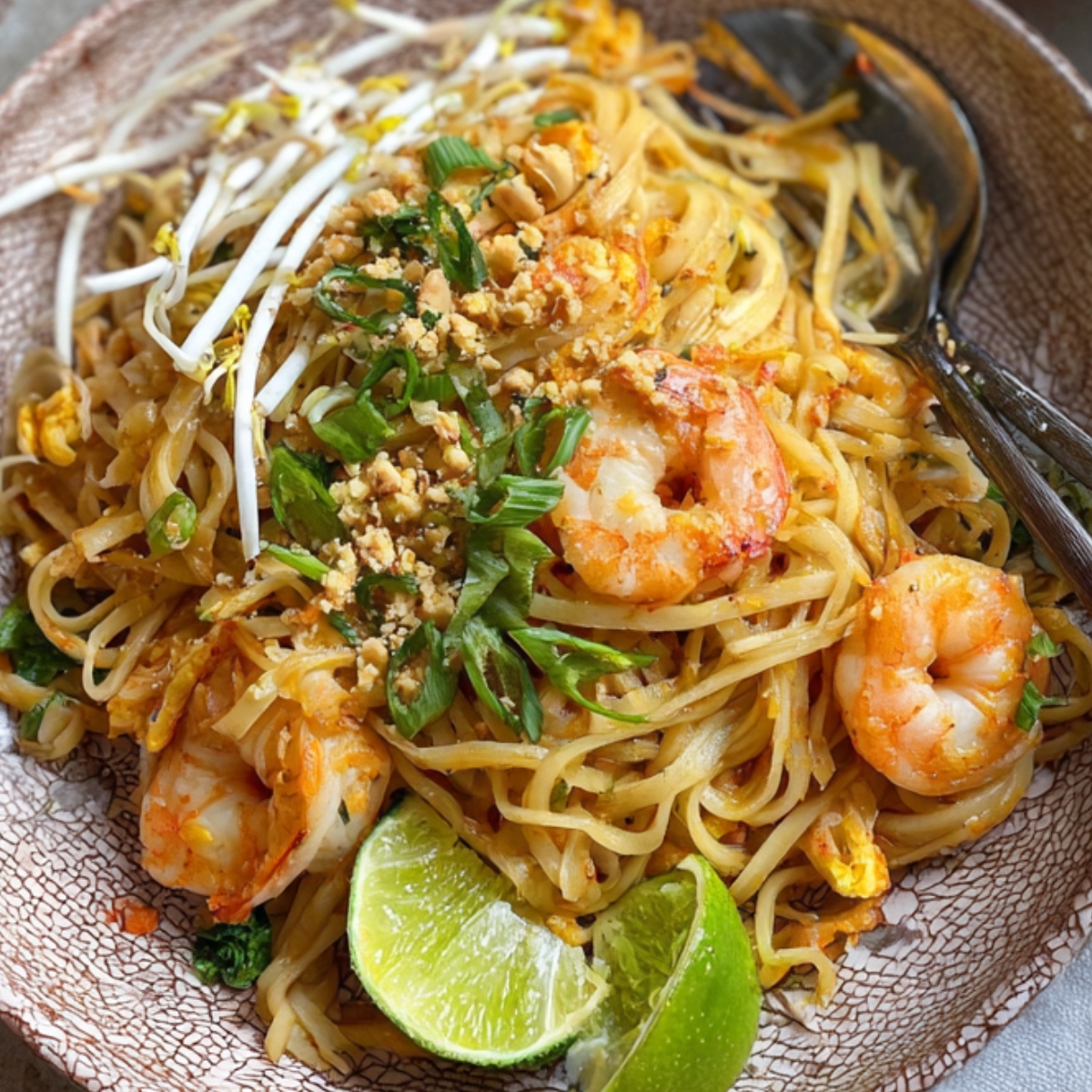
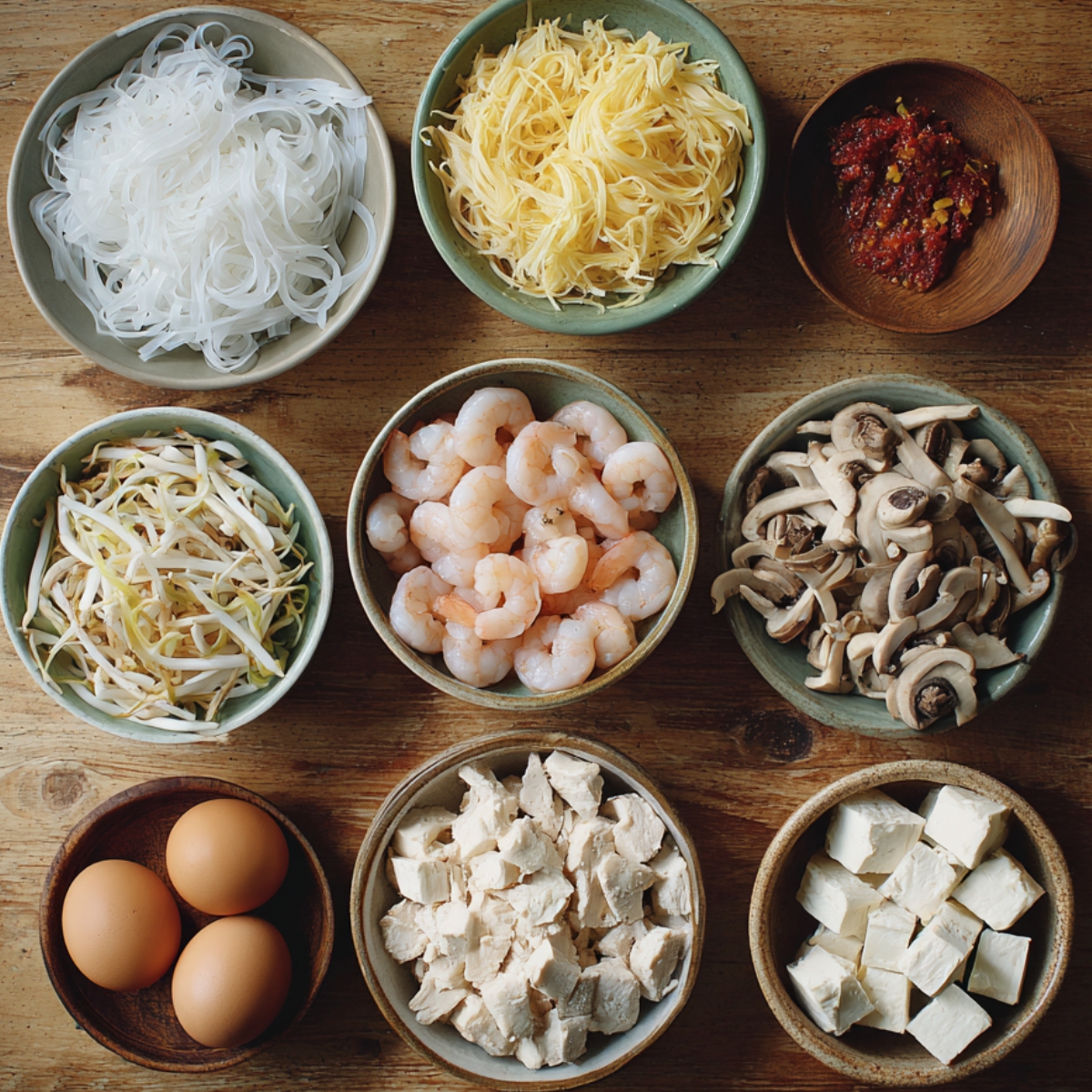
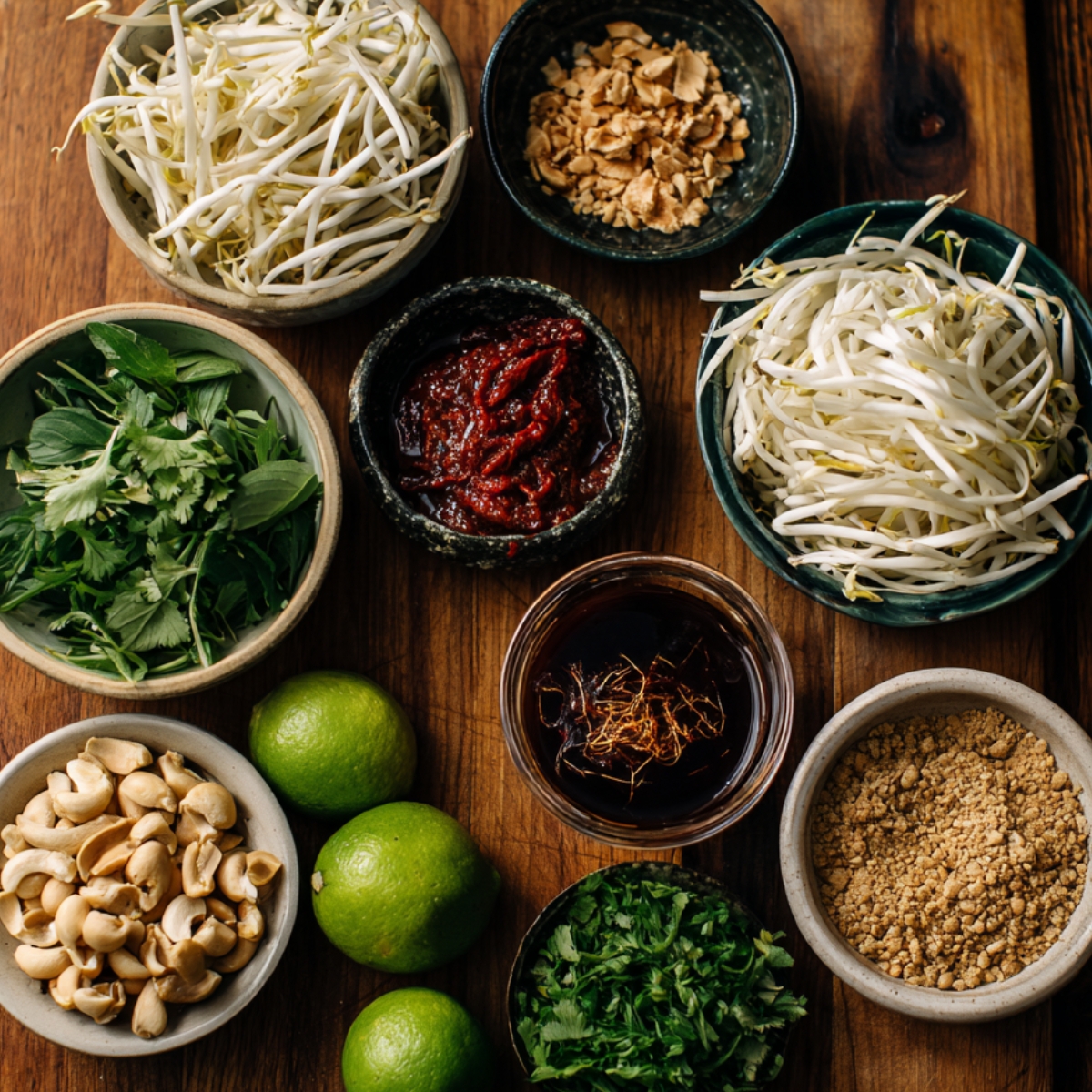
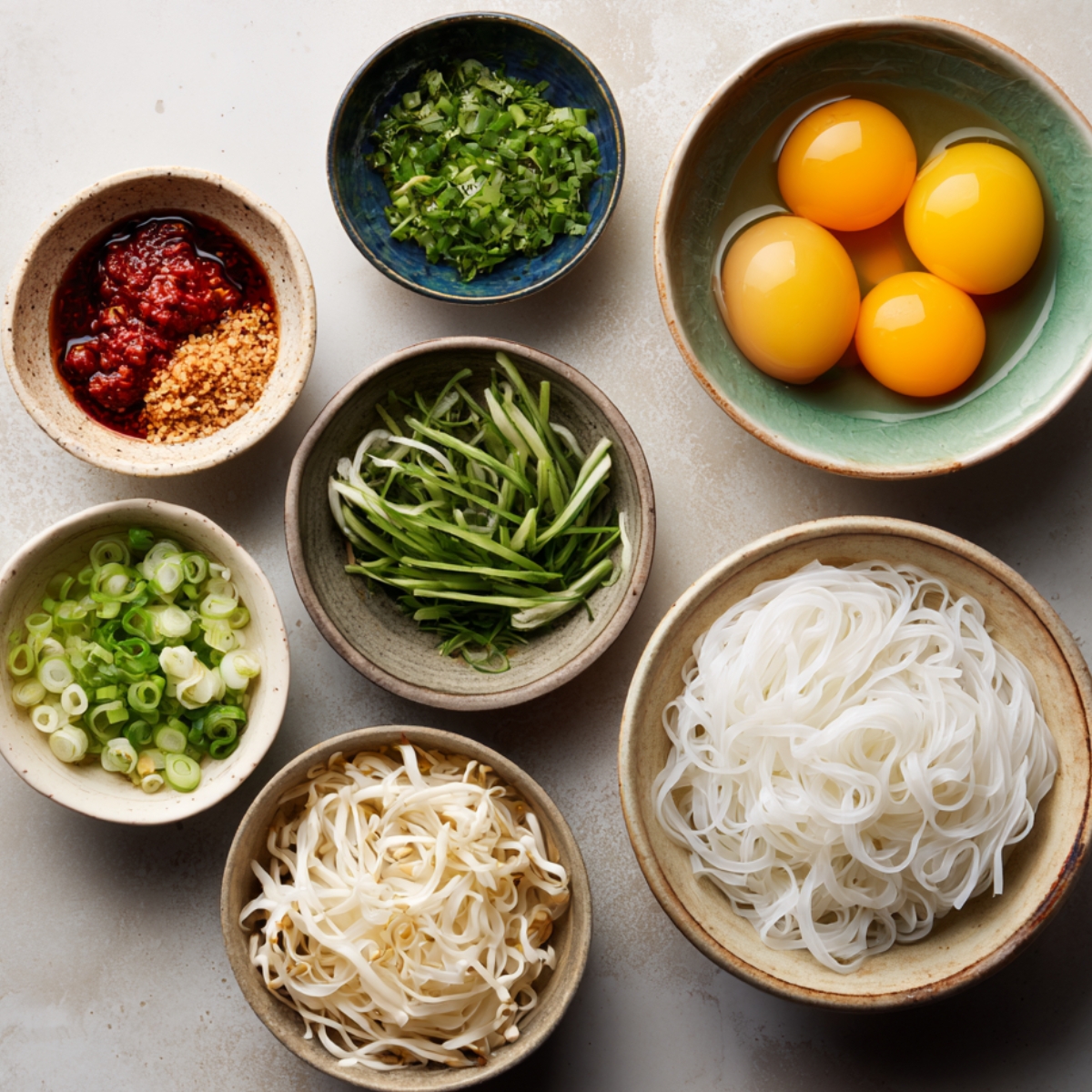
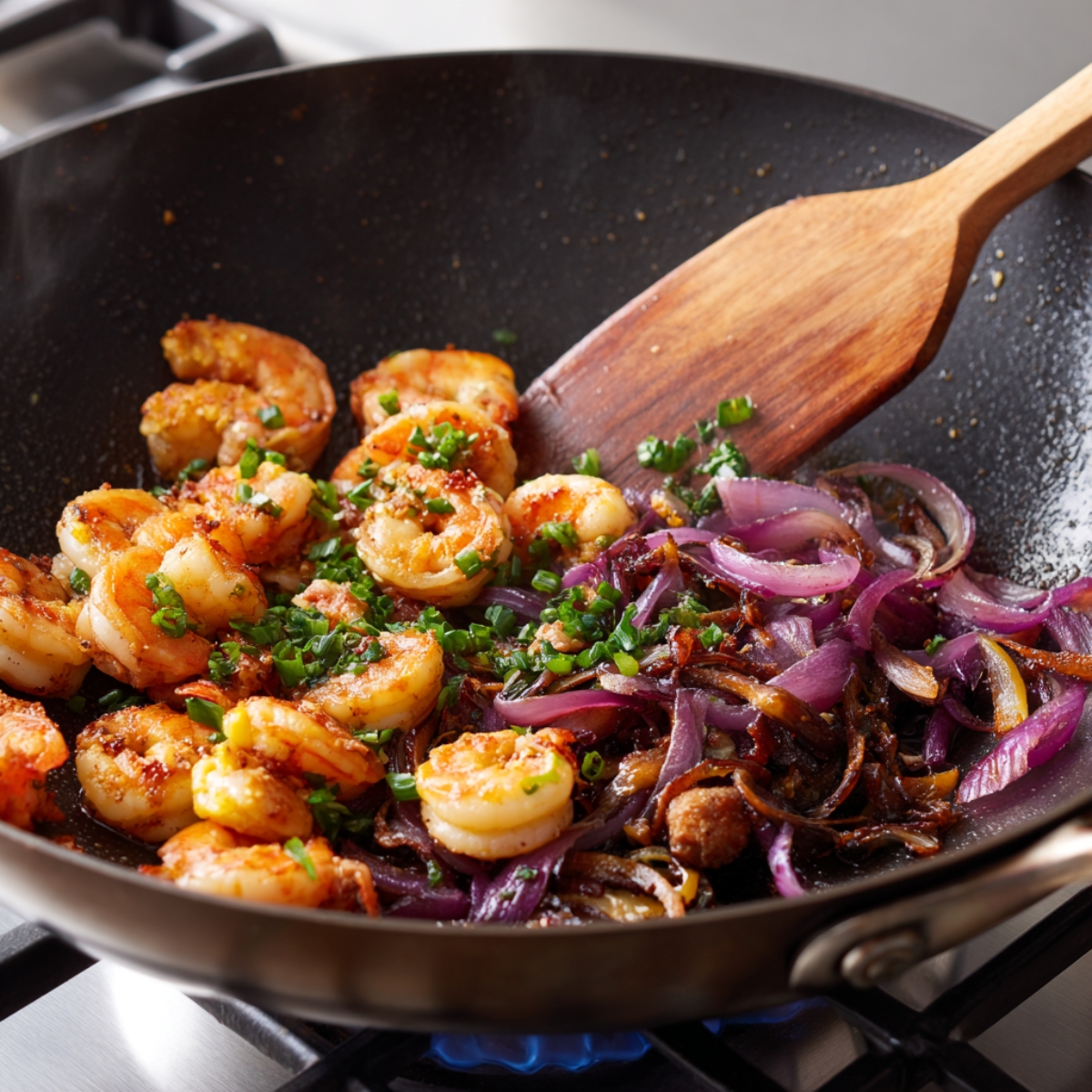
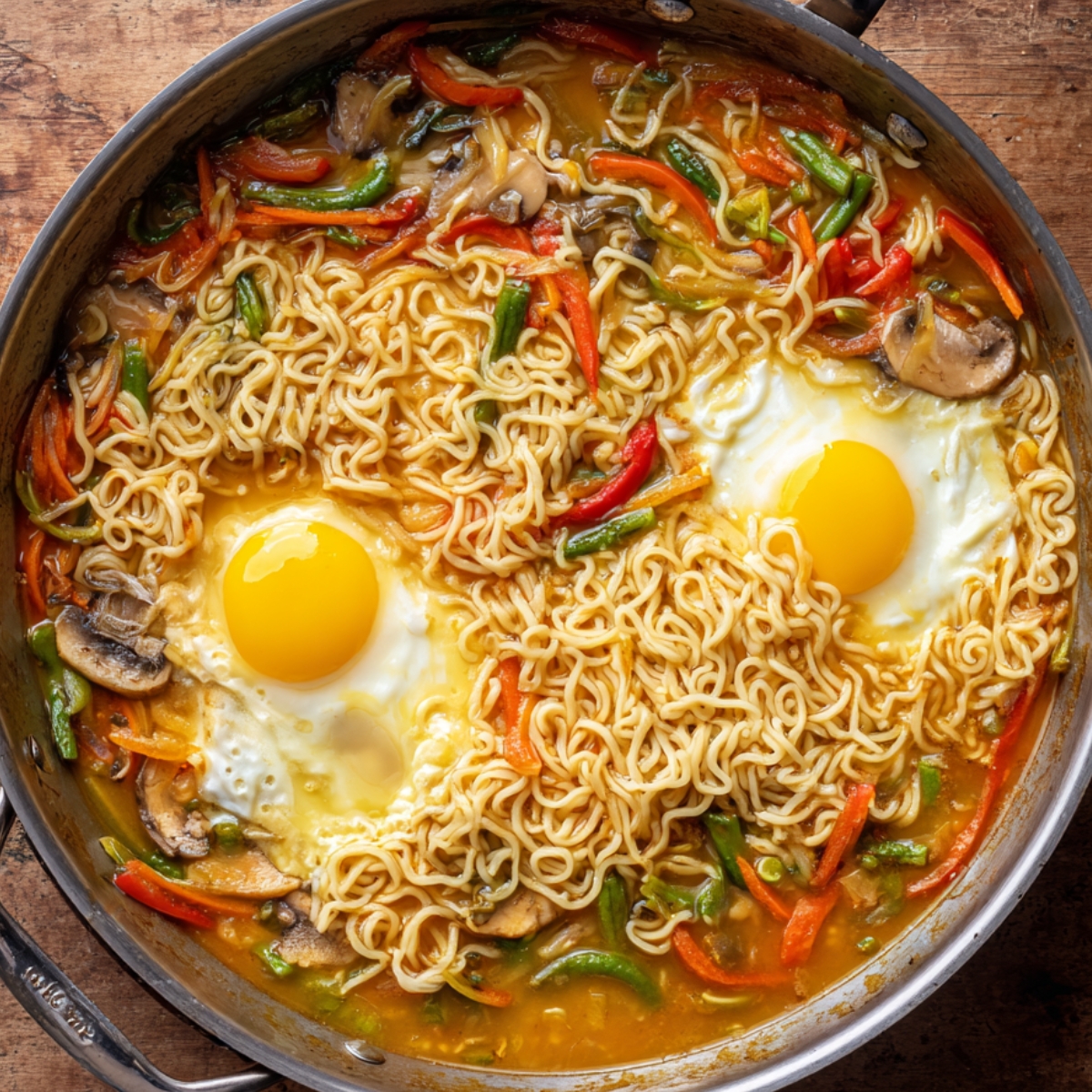
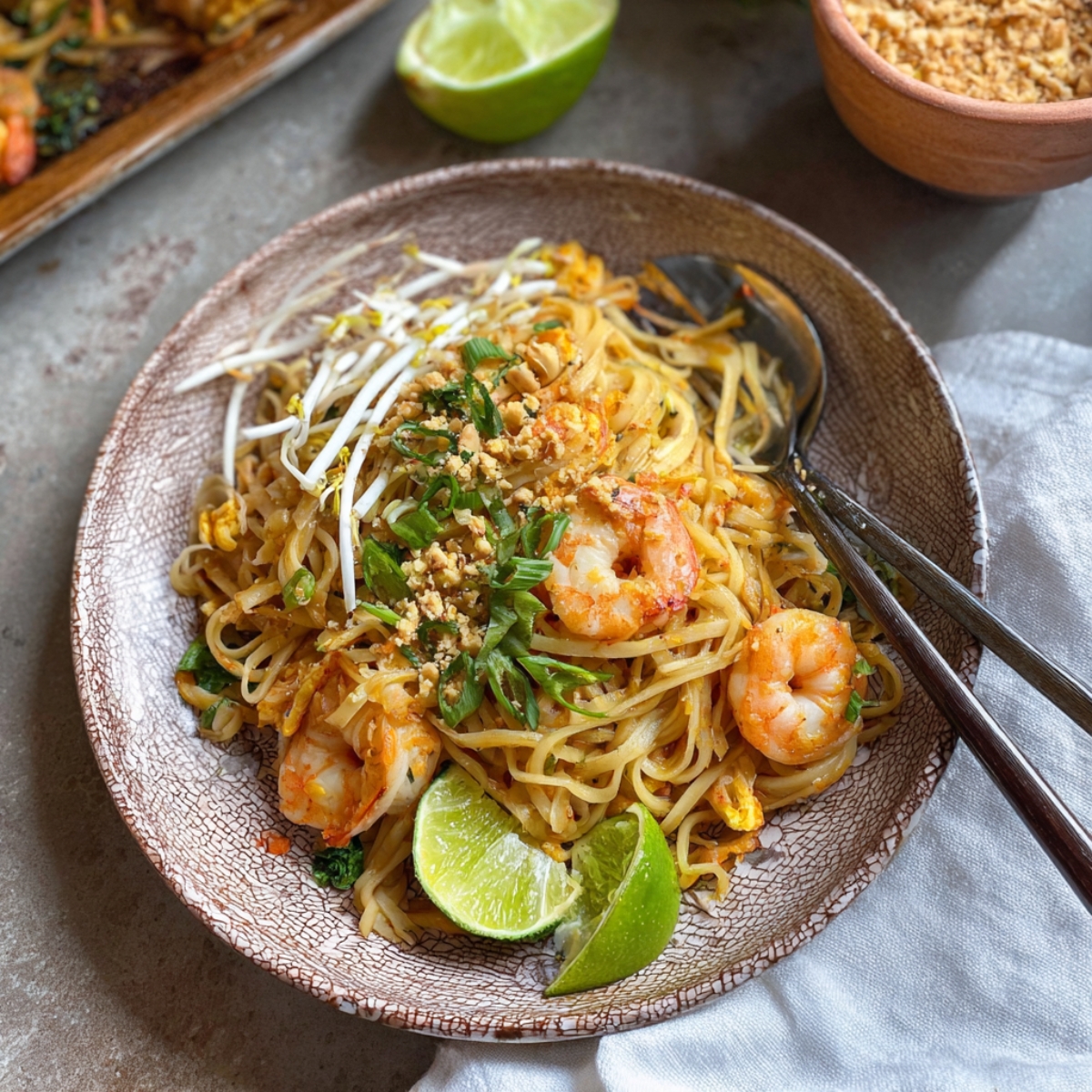
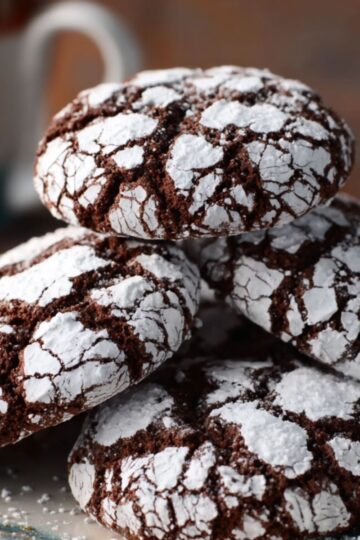
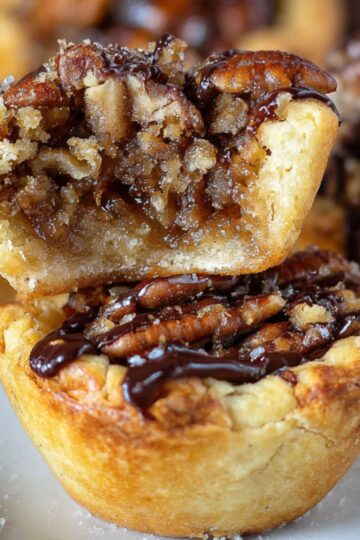
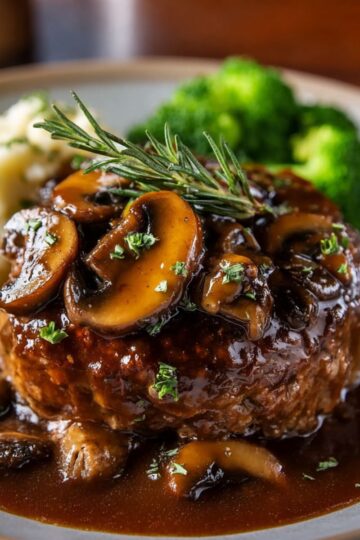
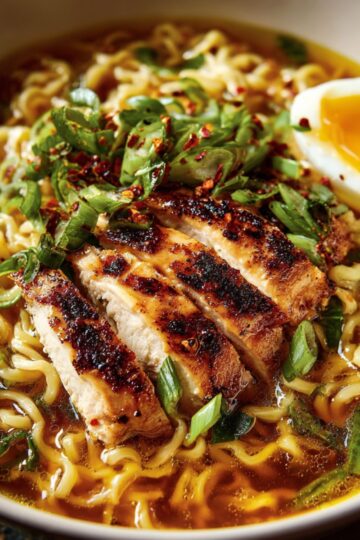

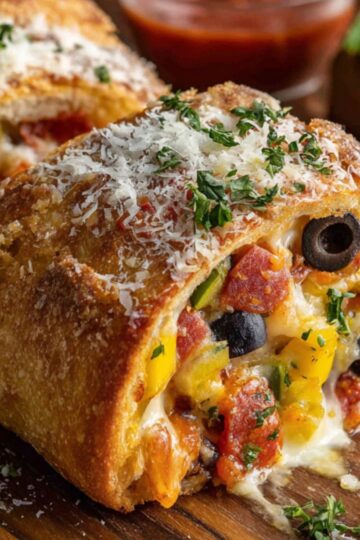
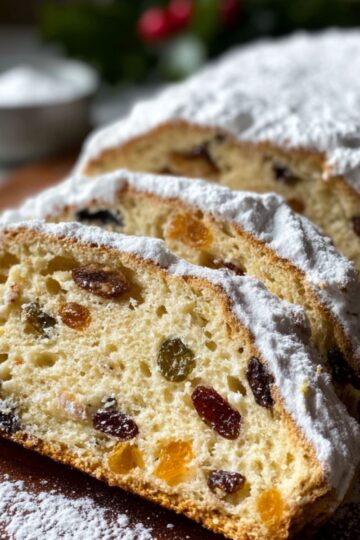
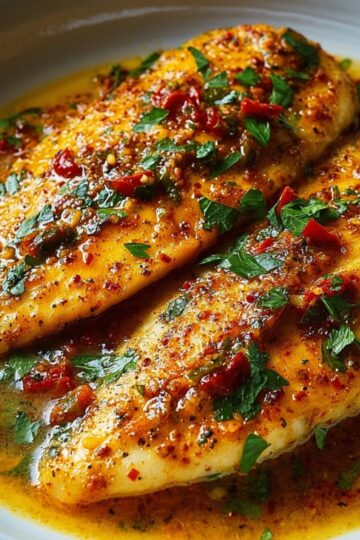
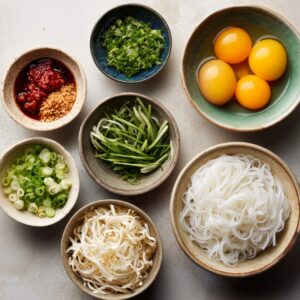
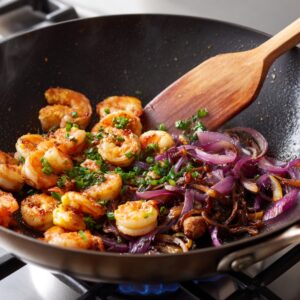
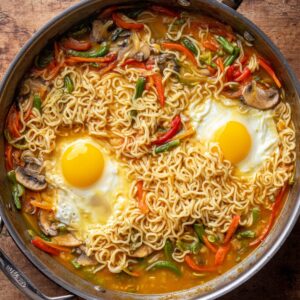
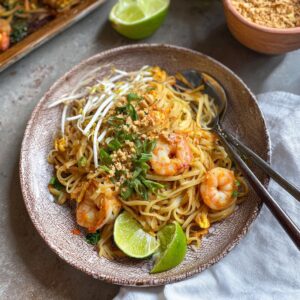
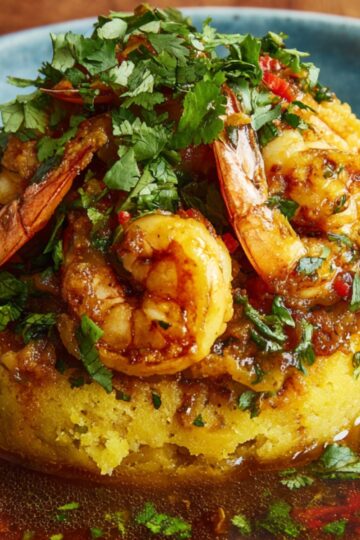
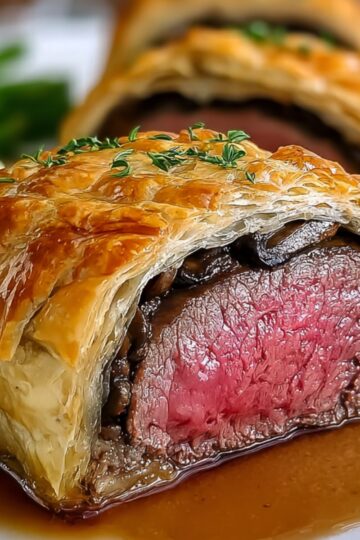

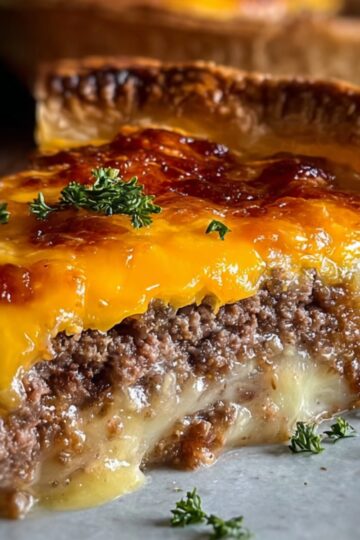
Leave a Reply